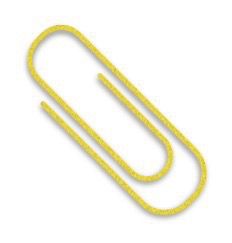Under the MiFID II Directive investment firms operating internal broker crossing networks (BCNs) have to assess whether these systems qualify as:
- multilateral trading facilities (MTFs) or
- organised trading facilities (OTFs) or
- systematic internalisers (SIs).
Under the previous iteration of the law - MiFID I - which was in force till 3 January 2018, brokers used the structure of the BCN to have clients interact with their principal liquidity on an over-the-counter basis and there was no requirement to become an SI or an MTF or an OTF.
|
See also:
|
Given the above MiFID I legal setup and and significant flexibility in the rules on crossing, many large European brokers adopted the BCN framework (ITG, MiFID II: Systematic Internalisers and Liquidity Unbundling, p. 2).
The ITG in the above document mentions Goldman Sachs (Sigma/Sigma X) and UBS (PIN/UBS MTF) as examples of firms that chose to operate both a BCN and MTF under MiFID I.
In turn, agency-style brokers such as ITG and Instinet, interested only in matching client orders against other client orders, structured their dark pools as MTFs, as for example POSIT MTF and Blockmatch.
Firms operating BCNs typically used them to bring together and cross in-house principal ows, client orders and electronic liquidity provider (ELP) ows.
MiFID II Directive introduced a fundamental a change to some of these broker structures.
Considering. equity OTC trading on a systematic, regular or frequent basis, as was carried out before, is banned under MiFID II, brokers are no longer able to operate BCNs.
The options available under MiFID II are combinations of MTFs, OTFs, SIs or regulated markets.
 |
|

ESMA Consultation Paper on the Opinion on Trading Venue perimeter, ESMA70-156-4978, 28 January 2022




